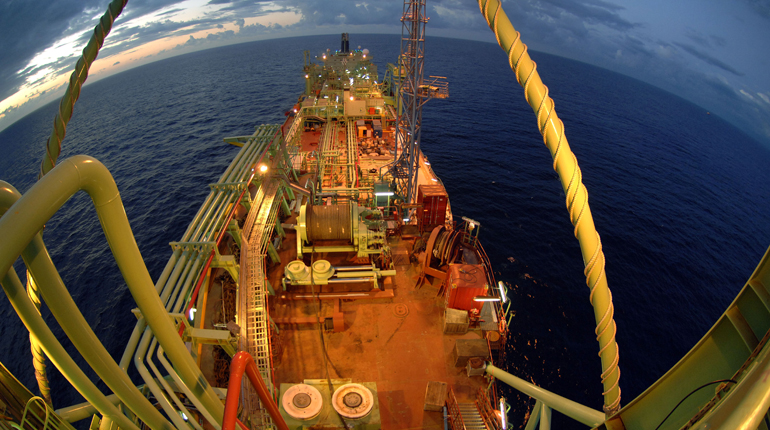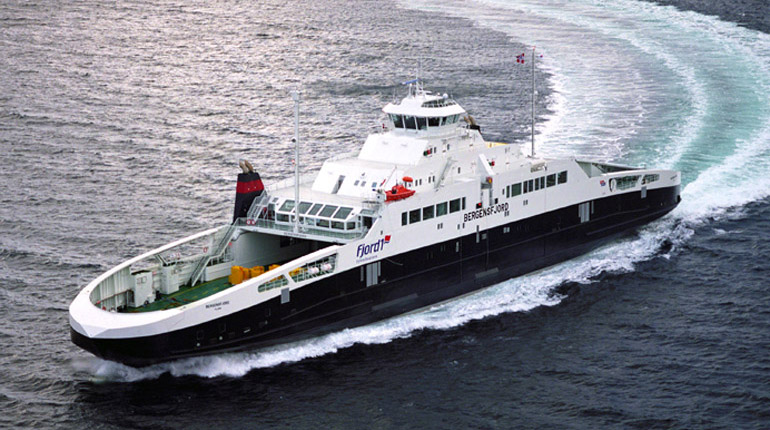Highlights
- The growth in US gas production, adjusted for net storage injection, signals potential for supply tightness during winter
- Argentina will remain dependent on LNG imports because of the limited scope for gas production growth in the country
- North America's gas stocks will be lower on an annual basis for winter despite the record pace of gas injections this year
Economic overview
The October 2014 election in Brazil has brought the weakening economy and government policies back into the spotlight.
The general election will be held on 5 October to elect the president, the National Congress, state governors and state legislators. If no candidate in the presidential and gubernatorial elections receives more than 50% of the vote, a runoff will be held on 26 October. Incumbent President Dilma Rousseff of the Workers’ Party is running for re-election. She is facing tough competition from Marina Silva from the Brazilian Socialist Party.
Quarterly and annual year-on-year GDP growth rates
| Q4 2013 | Q1 2014 | Q2 2014 | 2014 | 2015 | 2016 | |
| US | 3.1% | 1.9% | 2.5% | *2.8% | *3.0% | *3.0% |
| Canada | 2.7% | 2.1% | 2.5% | *2.3% | *2.4% | *2.4% |
| Mexico | 0.7% | 1.9% | 1.6% | *3.0% | *3.5% | *3.8% |
| Brazil | 2.5% | 1.9% | -0.9% | *1.8% | *2.7% | *3.0% |
| Argentina | 1.4% | -0.2% | *0.5% | *0.5% | *1.0% | *1.5% |
The country’s economy is the burning issue among voters. Brazil’s GDP contracted by 0.9% in Q2 2014 on an annual basis, and the country has run a current account deficit every month in 2014 so far. Industrial production has not grown on an annual basis since February 2014, and business confidence reached an all-time low in July. It is widely expected that the government will also miss its fiscal target for 2014.
Deteriorating investor confidence may adversely affect investment in the country’s oil and gas sector, which may dampen the growth in Brazilian gas production. In March, rating agency Standard & Poor’s slashed the country’s sovereign debt rating closer to junk status, and in September Moody’s Investors Service threatened to do the same.
Brazil’s reliance on imported gas and LNG remains high, partly driven by drought in parts of the country. The central bank has increased the benchmark interest rate to 11% – its highest level since October 2011. The move has reversed the decline of the Brazilian real against the United States dollar. The dollar-real rate was unchanged in September 2014 on an annual basis, which will limit the adverse impact of gas and LNG imports on the current account deficit.
Log in to continue reading...
To continue reading this article, you must have an active subscription. By logging in or signing up for a free trial, you are agreeing to our terms and conditions, privacy policy and cookie policy.



